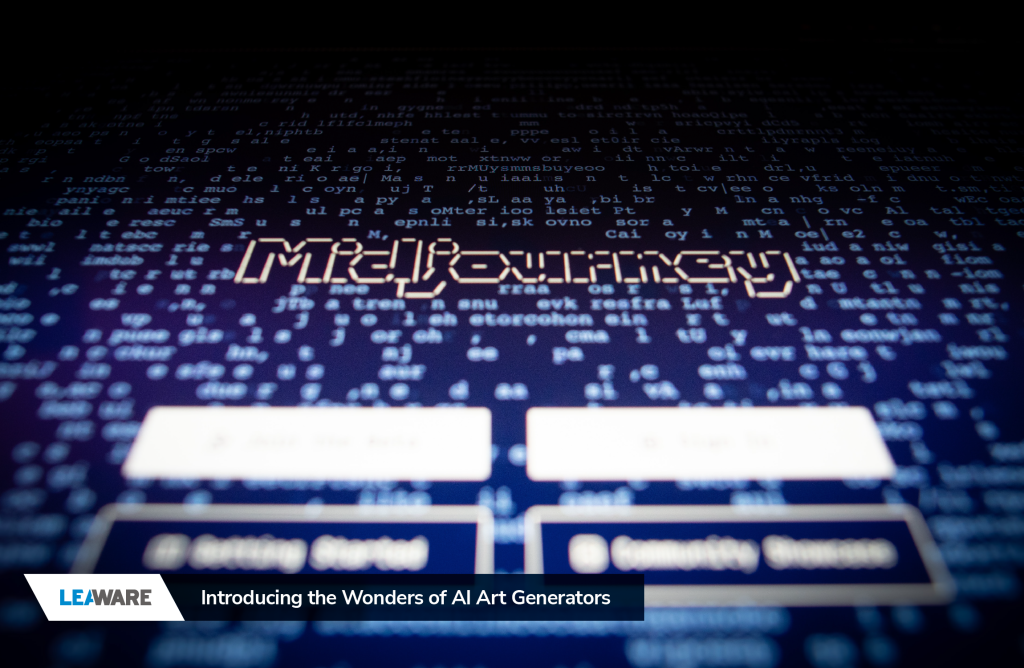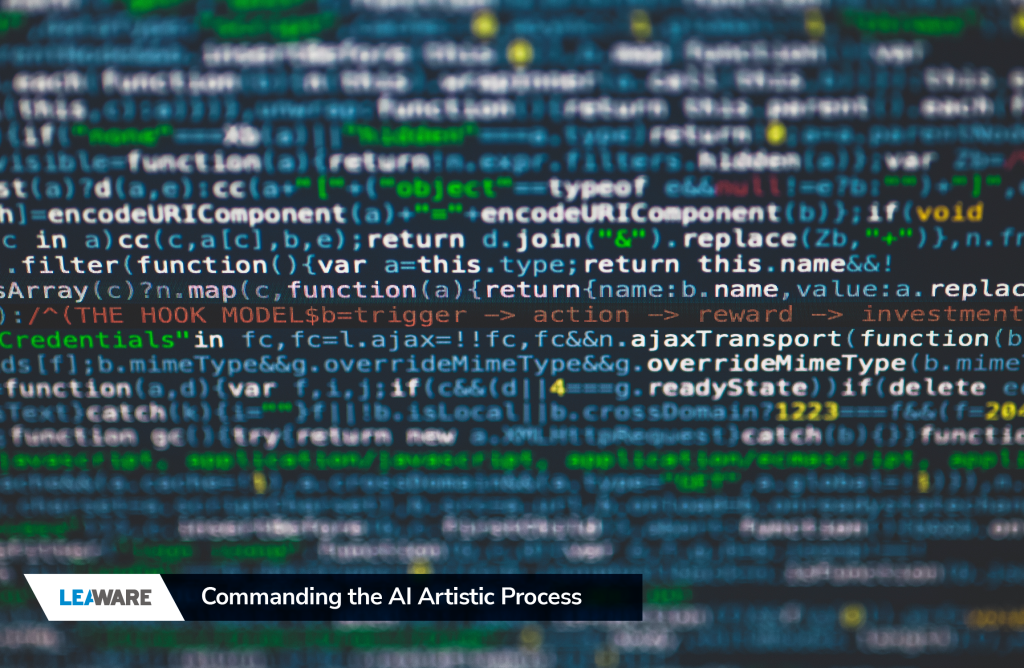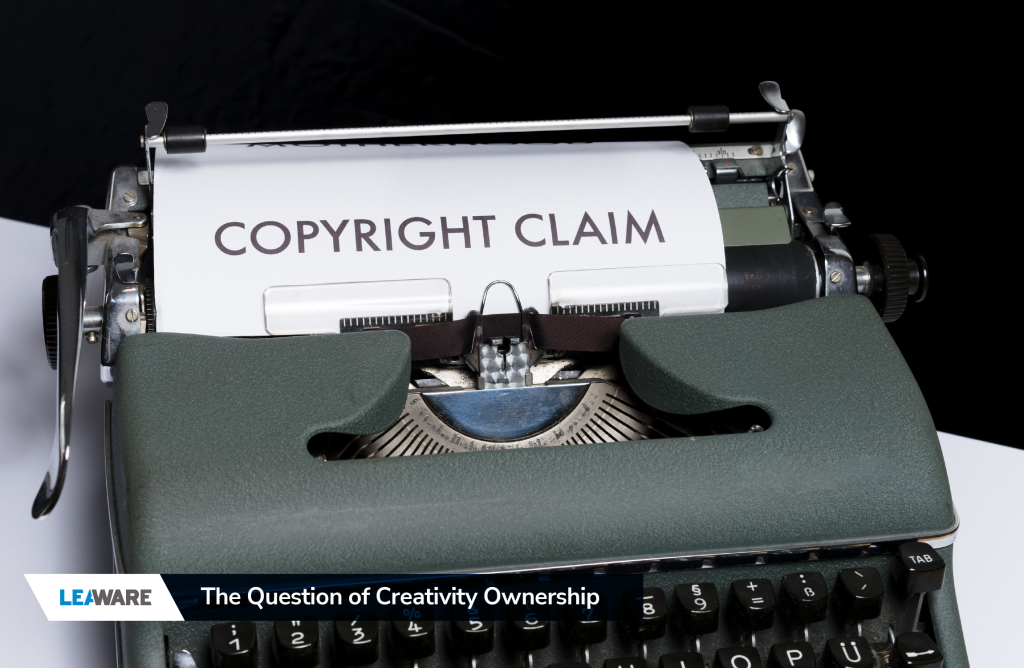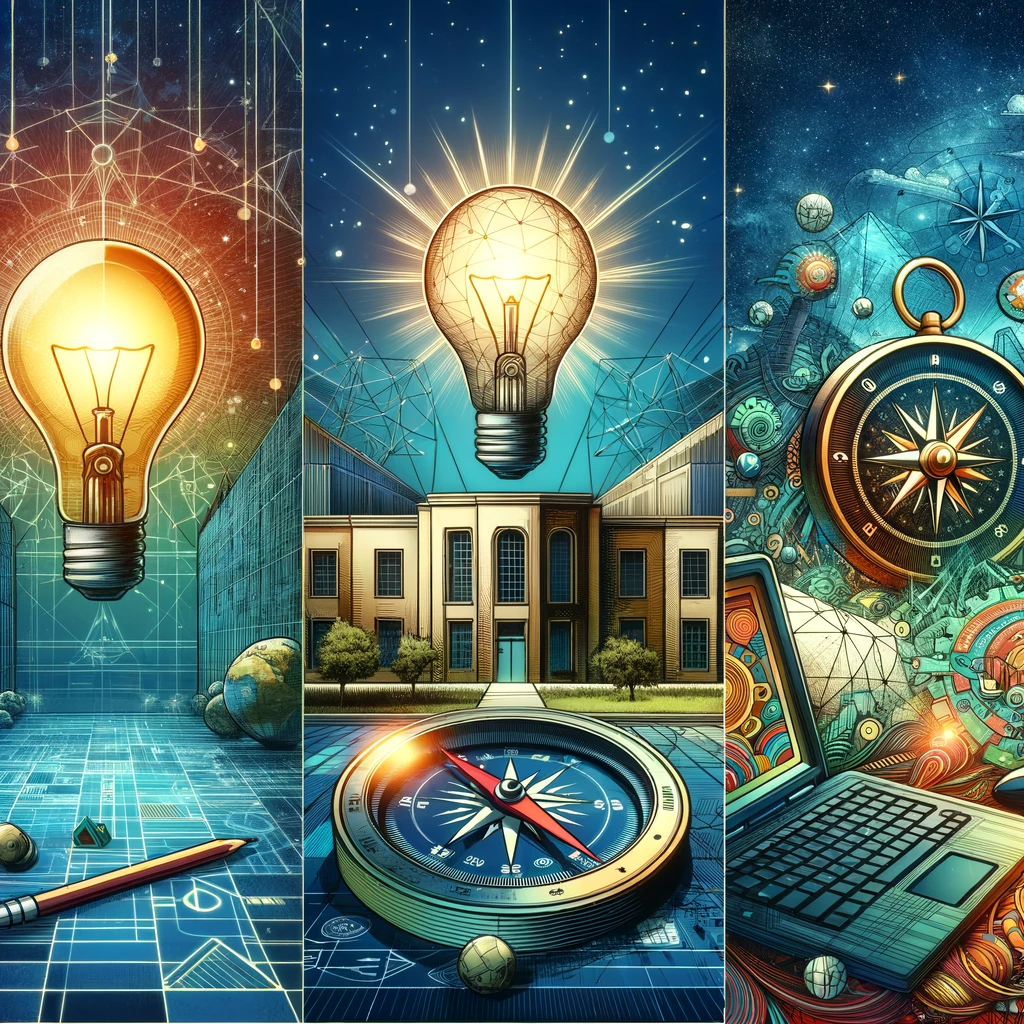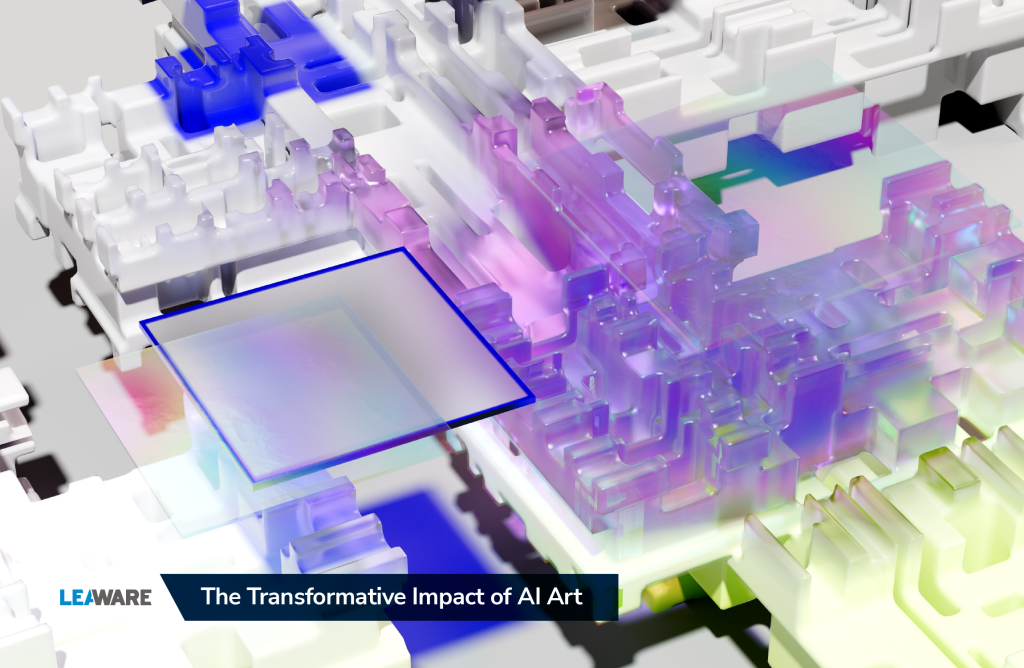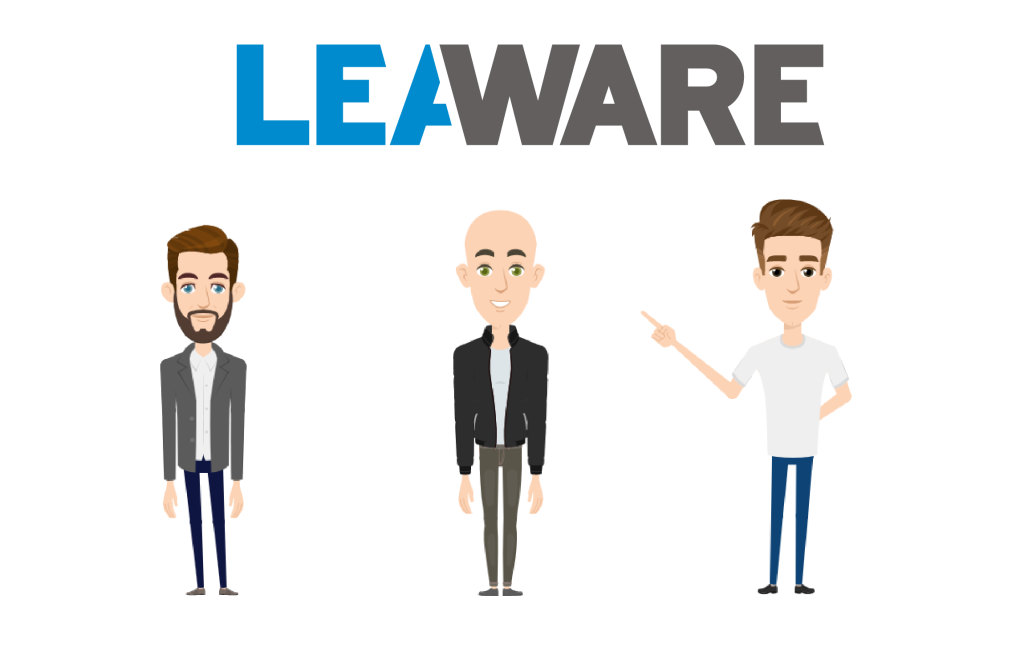In the convergence of artificial intelligence and design, AI art generators have emerged as revolutionary platforms, transforming the creative landscape with their ability to produce stunning images from textual cues. These unique tools require a blend of creativity and technical understanding, from formulating precise commands, akin to crafting elaborate descriptions in classic literature, to managing computational resources. These platforms challenge the traditional notions of creative ownership, prompting nuanced discussions around copyright in the digital age. Despite this, artists and designers increasingly view AI art generators as inspiring tools to combat creative blockages and stimulate fresh ideas. As we navigate this new era, AI art generators are pushing boundaries, signalling a major shift in our understanding of creativity and forecasting an exciting future for AI in design.
Artificial intelligence and design have come together to produce awe-inspiring results, one of them being AI-driven art generator tools. These innovative platforms, which can generate visually stunning images from textual cues, are shifting the landscape of creativity and presenting intriguing possibilities.
Introducing the Wonders of AI Art Generators
The world was first introduced to AI’s artistic potential through automated image editing tools, sparking interest in AI-facilitated creativity. This curiosity led to the discovery of AI art generators, remarkable platforms that can conjure unique artwork from simple commands.
The path to mastering these tools involves a journey of experimentation and comprehension of detailed user manuals. The art of command formulation resembles the crafting of elaborate descriptions in classic literature, showcasing the depth of interaction required.
Related: How to use AI in developing MVP for a startup
Decoding the Intricacies of AI Art Generators
These AI-driven art platforms not only generate creativity but also demand an understanding of computational resources. Producing an image requires GPU time, and the image’s complexity determines the GPU time needed. License purchasing requires a careful review of the terms and conditions, including familiarization with modes that facilitate both experimentation and quality image creation.
Commanding the AI Artistic Process
The ability to create precise commands yielding the desired artistic effect is an acquired skill. Understanding the tool’s unique language, including how to categorize inputs and grasp different modes, is critical for achieving optimal results. The platforms provide flexibility, allowing users to incrementally add elements to the image. Each artwork’s creation could range from a quarter of an hour to a couple of hours, depending on the degree of detail and modification involved.
Example:
Let’s consider an example involving an AI art generator tool named “ArtisAI”.
Say, you want to create a surreal image of a cityscape at sunset with floating islands and gigantic butterflies. Using ArtisAI, your initial command might be: “surreal cityscape at sunset“. The tool will interpret these words and generate a baseline image.
Now, the process of incremental additions and modifications begins. To add the floating islands, you might issue a command like: “+ floating islands“. For the gigantic butterflies, you could use: “+ gigantic butterflies“. The tool will interpret these and iteratively modify the image.
Understanding the unique language of the tool is essential. For instance, ArtisAI uses “+” for adding elements and brackets for specifying attributes. If you want the butterflies to be neon-colored, you might input “+ butterflies (neon-colored)”.
Different modes can change the output as well. If you want a more impressionistic rendition, you might switch to ‘Impression Mode‘ with a command like “mode: impressionistic“.
In this process, you have the freedom to experiment, add, and modify, leading to the final artwork. The overall creation process can take varied lengths of time, depending on the number of elements and modifications, as well as the complexity of the desired outcome.
Related: 10 ideas on how to use AI in improving processes in your company
The Question of Creativity Ownership
AI art generators create unique images based on input, stirring the question of who the true creator is. The platforms pull necessary elements from a database, often utilizing the work of artists and illustrators without explicit permission. This raises nuanced queries about copyright and the legality of using AI tools in this manner.
This complex issue potentially calls for new legal frameworks to regulate AI’s usage in graphic design. There are concerns about the impact on traditional artists, as AI can generate striking images for real-world applications such as games at a fraction of the cost.
Ready to shape the future of your creative journey? Join us as we navigate this innovative landscape and step into an exciting future of AI in design. Don’t wait Click on the bottom for a free consultation Voucher and explore AI Art Generators Now!
The Future of AI Art Generators
While ethical and legal debates persist, these AI platforms are seen as inspiring reservoirs for combating creative blockages. They generate unique ideas which can then be reproduced with stock or original images, always stressing the importance of licensed art usage for commercial purposes.
The relationship between artists and AI art generators is seen as synergistic. These platforms offer a playground to experiment and adjust, leading to desired outcomes. The sense of achievement is found in the process of creation, not lost.
As we delve deeper into the era of AI-aided design, tools like these AI art generators are pushing boundaries and redefining the concept of creativity. They serve as more than just tools; they are a testament to the shifting creative landscape and a precursor to the future of AI in design.
Example:
Let’s consider the example of an upcoming graphic designer, Maya.
Maya often finds herself in creative slumps, looking for fresh inspiration. She then turns to an AI art generator tool called “CreativAI”. She inputs a series of random words, like “space”, “cyberpunk”, and “neon”. The tool generates an array of unique images based on these inputs, sparking new ideas in Maya’s mind.
She finds a particular image, a neon-infused cyberpunk cityscape set against a backdrop of space, especially intriguing. Maya decides to recreate the concept, but with her own unique twist. She uses her licensed stock images, and creatively manipulates and adjusts them to echo the AI-generated concept, ensuring she respects copyright laws.
The relationship between Maya and CreativAI is harmonious and synergistic. The AI art generator serves as a catalyst for ideas, providing a playground where Maya can experiment freely. Maya finds joy in this creative process, and the sense of achievement when she completes her unique piece of artwork is immense.
In the future, as CreativAI and similar AI art generator tools evolve, they will undoubtedly push the boundaries of creativity even further. Maya, and artists like her, will continue to have a myriad of new inspirations, fundamentally reshaping the creative landscape and ushering in an exciting future for AI in design.
The Transformative Impact of AI Art Generators on Creative Design
In conclusion, AI art generators symbolize the transformative power of technology in shaping the landscape of creative design. These groundbreaking platforms that interpret text to generate stunning visuals have not only sparked a surge of inspiration for artists, but also instigated valuable discussions about the evolving nature of creativity, ownership, and copyright in the digital age. Amid the ongoing debates, one thing remains clear: AI art generators, with their capacity to create novel ideas and art forms, represent a compelling synergy between human creativity and AI capabilities. They are redefining our understanding of artistry and pushing the boundaries of what’s possible, heralding a vibrant future for AI in design. As we continue to traverse this era, they stand as a testament to the dynamic shift in the creative landscape, emphasizing that the intersection of technology and artistry is not just transformative, but excitingly inevitable.
Discover the Future of AI-Assisted Design
Do you want to explore how AI can impact your design processes, improve efficiency, and unlock new avenues of creativity? Are you intrigued by the potential of AI art generators and eager to incorporate them into your work or business? We’re here to help.
At Leaware, we are at the forefront of integrating artificial intelligence with design, and we understand the transformative potential of AI.
As an exclusive offer for our readers, we are offering a free consultation where we’ll discuss your unique needs and guide you on how to best leverage AI art generators for your creative pursuits or business strategies.
Don’t miss out on this opportunity to understand and explore the future of AI in design. Claim your voucher now for a free consultation and step into the future of creativity.
Stay on top of the rapidly evolving design landscape. Remember, the future belongs to those who are prepared to shape it. Be one of them.
